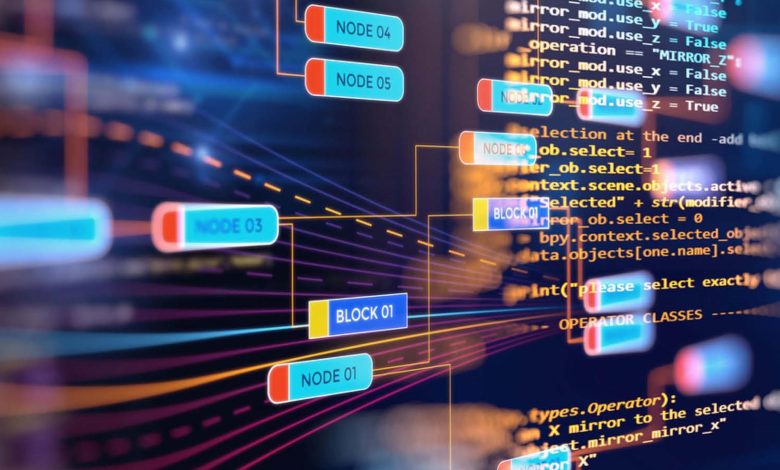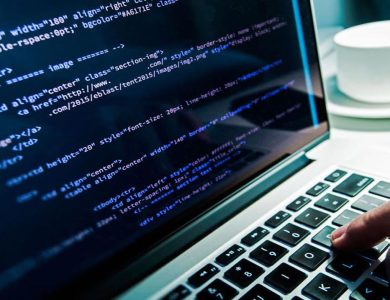Infrastructure and Networks Section

It is the section responsible for developing and setting appropriate specifications for servers that represent the basis on which all electronic systems and services are based. This division performs the necessary maintenance and updates for servers, and is responsible for setting and studying the specifications for these servers. The Networks Division is also concerned with providing the internal network by managing the main and sub-distributors, maintaining them, and making the necessary updates to them.
The Infrastructure and Networks Section is responsible for providing internet and email services and programming the university switchboard in terms of permissions, opening lines, automatic response, etc.
***Summary of the activities and achievements of the Infrastructure and Networks Section:
1- Developing methods for preserving and ensuring the integrity of the university’s database, through the following:
a. Updating the database servers, creating new ones, and preparing them to receive the updated database.
b. Connect the database to external storage units using the internal network and isolate it.
c. Taking backup copies of all servers and the data on them and doing the necessary programming for that.
d. Providing backup copies of the database and storing them outside the university to ensure the preservation of information and data in the event of disasters.
e. Increase the speed of access to the database by developing its servers, developing the university’s internal network infrastructure, and increasing the speed of network equipment.
2- Developing the e-mail system, through the following:
Upgrade the system version using the latest version.
b. Using an advanced server with excellent specifications and high storage capacity.
c. Increase the user’s share of email account storage capacity.
d. Create a private email for faculty members and staff.
3- Providing technical support to Internet and email users from the administrative and teaching staff, and assisting in equipping computer labs and connecting them to the internal network.
4- Developing the university’s internal network, through the following:
b. Replacing the main wave with a more advanced and faster one for the university’s internal network that supports the sixth version of Internet protocols.
c. Replacing the university’s switches with more advanced and faster ones that can be managed.
d. Re-extending some network points in multiple buildings of the university using modern cables that support high speeds.
e. Completely equipping the internal network in the new university buildings and making the necessary configurations for users’ devices to connect them to the internal network.
5- Setting the necessary specifications for the network in the university’s new projects and buildings and using cables that support the latest technology in the field of cables.
6- Developing the expertise of the Infrastructure and Networks Department employees in line with the university’s needs, through the following:
a. Holding weekly meetings to keep up with new experiences and disseminate them.
b. Attending advanced training courses inside and outside the university.
7-Training university students.


